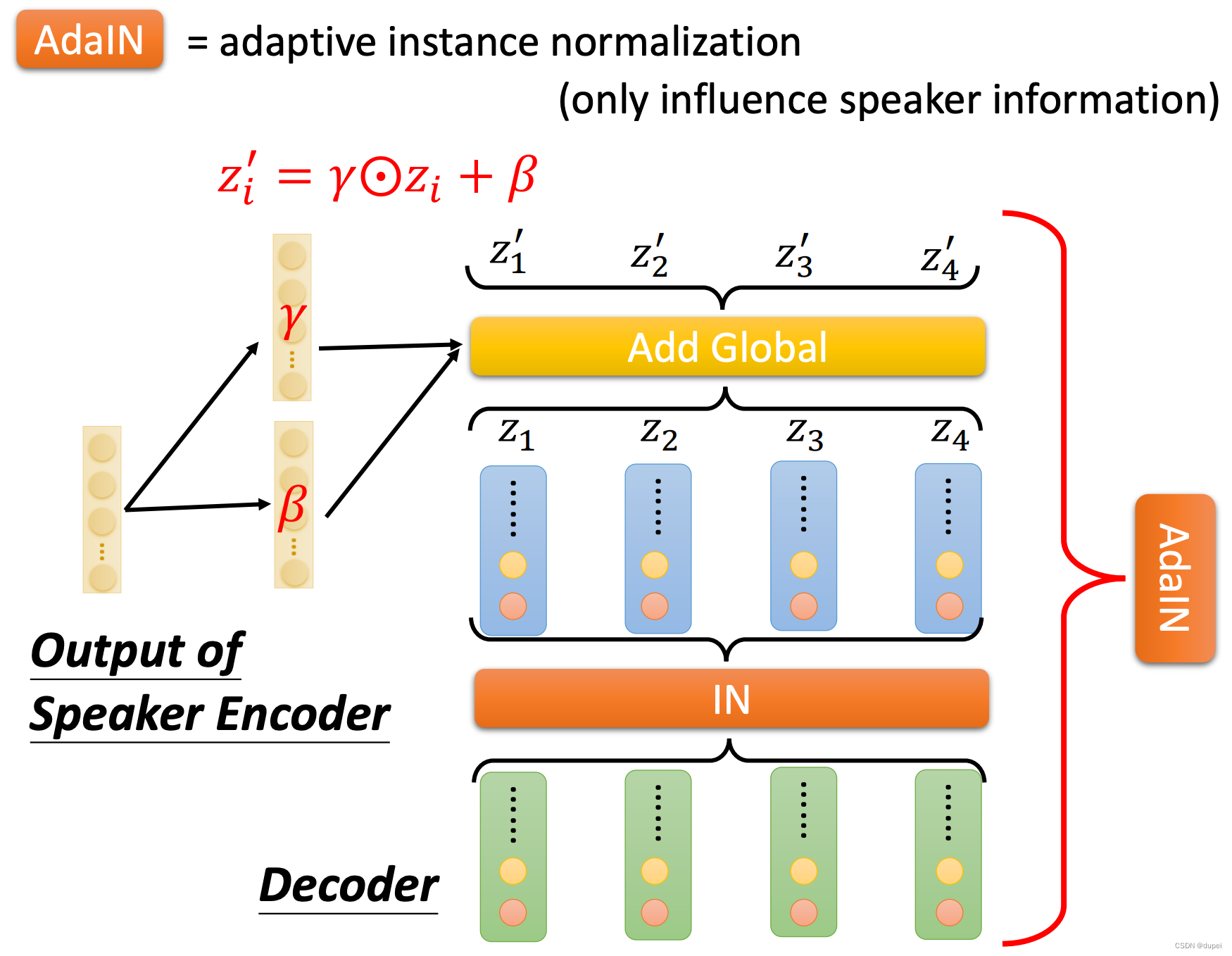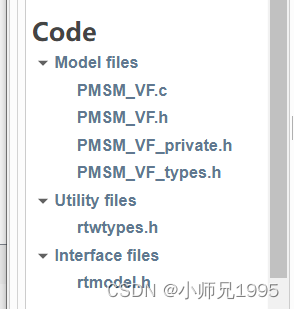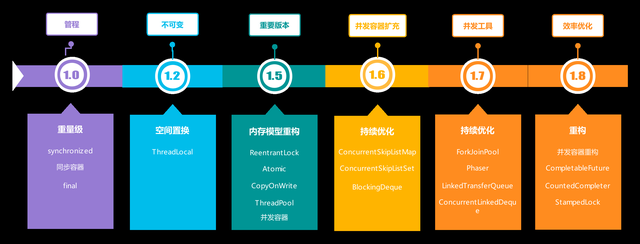
CyclicBarrier和CountDownLatch
CyclicBarrier和CountDownLatch 都位于java.util.concurrent这个包下,其工作原理的核心要点:

CyclicBarrier工作原理分析
那么接下来给大家分享分析一下JDK1.8的CyclicBarrier的工作原理。
简单认识CyclicBarrier
何为CyclicBarrier?
-
CyclicBarrier从英文字面上理解,循环栅栏,咋一看好像跟同步器没多大关系,而栅栏式一排排的阻拦着,好像也有点同步等待的意思;
-
CyclicBarrier是也一种同步帮助工具,允许多个线程相互等待,即多个线程到达同步点时被阻塞,直到最后一个线程到达同步点时栅栏才会被打开;
-
CyclicBarrier内部没有所谓的公平锁\非公平锁的静态内部类,只是利用了ReentrantLock(独占锁)、ConditionObject(条件对象)实现了线程之间相互等待的功能;
CyclicBarrier的state关键词
-
CyclicBarrier这个类没有真正的state关键词,它只有parties线程总数量,count还没有进入阻塞的线程数量;
-
CyclicBarrier的实现是间接利用了ReentrantLock(独占锁)的父类AQS的state变量值;
-
CountDownLatch,A、B、C组线程同时执行,A先执行完的话就在那里等着,等所有A、B、C线程中执行最久的线程执行完了才开始执行各自的事件;
常用重要的方法
// 创建给定数值的栅栏总数,也就是支持参与线程的最多数值
public CyclicBarrier(int parties)
// 创建给定数值的栅栏总数,也就是支持参与线程的最多数值,且当最后一个线程执行完时会回调barrierAction方法
public CyclicBarrier(int parties, Runnable barrierAction)
// 更新换代,改朝换代,触发唤醒所有在Lock对象上等待的线程,释放所有正在处于阻塞的线程
private void nextGeneration()
// 打破平衡,并设置打破平衡的标志,然后再唤醒所有被阻塞的线程,
private void breakBarrier()
// 导致当前线程阻塞,直到其他线程调用trip.signal()或trip.signalAll()方法唤醒该线程
public int await()
// 比await()多了两个参数,意思就是阻塞等待信号量的最大时长,等待的时间值为timeout,单位为unit;
public int await(long timeout, TimeUnit unit)
// 阻塞等待的核心方法,如果不需要超时等待信号量的话则nanos参数是没用的,否则就有用
private int dowait(boolean timed, long nanos)
// 线程之间的等待,这样一个等待的平衡体系是否被打破
public boolean isBroken()
// 重置为初始状态值,就像初始创建CyclicBarrier该实例对象一样,干干净净的初始状态值
public void reset()
// 获取目前正在处于阻塞状态的线程数量值
public int getNumberWaiting()
// 获取线程数量,也就是栅栏数量总数值
public int getParties()
设计与实现伪代码
等待被释放:
public int await() throws InterruptedException, BrokenBarrierException {
try {
return dowait(false, 0L);
} catch (TimeoutException toe) {
throw new Error(toe); // cannot happen
}
}
阻塞等待的核心方法;
- 内部会调用trip.await()方法进入Condition等待阻塞队列;
- 一旦栅栏数量为零时则会逐个逐个将Condition等待的队列转移到CLH的等待阻塞队列;
- 所有线程被唤醒后然后等待dowait方法内部lock.unlock()一个个释放线程等待;
- 阻塞的最后一个线程还有机会执行构造方法传入的接口回调;
CyclicBarrier生活细节化理解
比如百米赛跑,我就以赛跑为例生活化阐述该CyclicBarrier原理,场景:百米赛跑十人参赛,终点处有一个裁判计数;
-
开跑一声枪响,十个人争先恐后的向终点跑去,真的是振奋多秒,令人振奋;
-
当一个人到达终点,这个人就完成了他的赛跑事情了,就没事一边玩去了,那么裁判则减去一个人;
-
随着人员陆陆续续的都跑到了终点,最后裁判计数显示还有0个人未到达,意思就是人员都达到了;
-
然后裁判就拿着登记的成绩屁颠屁颠去输入电脑登记了;
-
到此打止,这一系列的动作认为是A组线程等待另外其他组线程的操作,直到计数器为零,那么A则再干其他事情;
源码分析CyclicBarrier
CyclicBarrier构造器
构造器源码
创建一个给定数值的栅栏总数,也就是支持参与线程的最多数值,但是构造方法二还可以通过传入接口回调,当最后一个阻塞的线程被释放后,它将有机会执行这个被传入的回调接口barrierAction;
/**
* Creates a new {@code CyclicBarrier} that will trip when the
* given number of parties (threads) are waiting upon it, and
* does not perform a predefined action when the barrier is tripped.
*
* @param parties the number of threads that must invoke {@link #await}
* before the barrier is tripped
* @throws IllegalArgumentException if {@code parties} is less than 1
*/
public CyclicBarrier(int parties) {
this(parties, null);
}
/**
* Creates a new {@code CyclicBarrier} that will trip when the
* given number of parties (threads) are waiting upon it, and which
* will execute the given barrier action when the barrier is tripped,
* performed by the last thread entering the barrier.
*
* @param parties the number of threads that must invoke {@link #await}
* before the barrier is tripped
* @param barrierAction the command to execute when the barrier is
* tripped, or {@code null} if there is no action
* @throws IllegalArgumentException if {@code parties} is less than 1
*/
public CyclicBarrier(int parties, Runnable barrierAction) {
if (parties <= 0) throw new IllegalArgumentException();
this.parties = parties;
this.count = parties;
this.barrierCommand = barrierAction;
}
await()
-
阻塞等待的核心方法,内部会调用trip.await()方法进入Condition等待阻塞队列,一旦栅栏数量为零时则会逐个逐个将Condition等待的队列转移到CLH的等待阻塞队列;
-
所有线程被唤醒后然后等待dowait方法内部lock.unlock()一个个释放线程等待,阻塞的最后一个线程还有机会执行构造方法传入的接口回调;
/**
* Waits until all {@linkplain #getParties parties} have invoked
* {@code await} on this barrier.
*
* <p>If the current thread is not the last to arrive then it is
* disabled for thread scheduling purposes and lies dormant until
* one of the following things happens:
* <ul>
* <li>The last thread arrives; or
* <li>Some other thread {@linkplain Thread#interrupt interrupts}
* the current thread; or
* <li>Some other thread {@linkplain Thread#interrupt interrupts}
* one of the other waiting threads; or
* <li>Some other thread times out while waiting for barrier; or
* <li>Some other thread invokes {@link #reset} on this barrier.
* </ul>
*
* <p>If the current thread:
* <ul>
* <li>has its interrupted status set on entry to this method; or
* <li>is {@linkplain Thread#interrupt interrupted} while waiting
* </ul>
* then {@link InterruptedException} is thrown and the current thread's
* interrupted status is cleared.
*
* <p>If the barrier is {@link #reset} while any thread is waiting,
* or if the barrier {@linkplain #isBroken is broken} when
* {@code await} is invoked, or while any thread is waiting, then
* {@link BrokenBarrierException} is thrown.
*
* <p>If any thread is {@linkplain Thread#interrupt interrupted} while waiting,
* then all other waiting threads will throw
* {@link BrokenBarrierException} and the barrier is placed in the broken
* state.
*
* <p>If the current thread is the last thread to arrive, and a
* non-null barrier action was supplied in the constructor, then the
* current thread runs the action before allowing the other threads to
* continue.
* If an exception occurs during the barrier action then that exception
* will be propagated in the current thread and the barrier is placed in
* the broken state.
*
* @return the arrival index of the current thread, where index
* {@code getParties() - 1} indicates the first
* to arrive and zero indicates the last to arrive
* @throws InterruptedException if the current thread was interrupted
* while waiting
* @throws BrokenBarrierException if <em>another</em> thread was
* interrupted or timed out while the current thread was
* waiting, or the barrier was reset, or the barrier was
* broken when {@code await} was called, or the barrier
* action (if present) failed due to an exception
*/
public int await() throws InterruptedException, BrokenBarrierException {
try {
return dowait(false, 0L); // 阻塞的核心方法,重心再次,通过ReentrantLock和Condition组合完成阻塞等待
} catch (TimeoutException toe) {
throw new Error(toe); // cannot happen
}
}
dowait(false, 0L); // 阻塞的核心方法,重新再次,通过ReentrantLock和Condition组合完成阻塞等待
3.3、dowait(boolean, long)
- dowait方法是CyclicBarrier实现阻塞等待的核心方法,当await方法被调用时阻塞等待被Condition的一个队列维护着;
- 然而线程从await跳出来时,正常情况下一般都是由于发送了信号量,阻塞被解除,那么Condition的等待队列将会被转移至AQS的等待队列;
- 然后一个逐渐锁释放,最后CyclicBarrier也处于了初始值状态,供下次调用使用;
- 因此CyclicBarrier每用完一套整个流程,又会回到初始状态值,又可以被其他地方当做新创建的对象一样来使用,所以才成为循环栅栏;
/**
* Main barrier code, covering the various policies.
*/
private int dowait(boolean timed, long nanos)
throws InterruptedException, BrokenBarrierException,
TimeoutException {
final ReentrantLock lock = this.lock; // 获取独占锁
lock.lock(); // 通过lock其父类AQS的CLH队列阻塞在此,但是为啥又会继续往下进入临界区执行try方法,其原因就是trip.await()这句代码
try {
final Generation g = generation;
if (g.broken) // 若平衡被一旦打破,则其他所有的线程都会抛出异常,因为即使这里没遇到抛异常,下面还会有 if (g.broken) 判断
throw new BrokenBarrierException();
if (Thread.interrupted()) { // 检测线程是否在其他地方被中断过,若任何一个线程被中断过
breakBarrier(); // 那么则打破平衡,并设置打破平衡的标志,还原初始状态值,然后再唤醒所有被阻塞的线程,
throw new InterruptedException();
}
int index = --count; // 执行一个则减1操作,正常情况下count表示还有多少个未进入临界区,即还在lock阻塞队列中
if (index == 0) { // tripped 当count值降为0后,则表明所有线程都执行完了,那么就可以happy的一起改朝换代去做其他事情了
boolean ranAction = false;
try {
final Runnable command = barrierCommand; // 构造方法传入的接口回调对象
if (command != null) // 当接口不为空时,最后一个执行的线程有机会消费该回调方法
command.run();
ranAction = true;
nextGeneration(); // 改朝换代,该执行的都已经执行完了,还原为初始状态值,以便下次可以重复再次使用
return 0;
} finally {
if (!ranAction) // 若最后一个线程眼看着要完事了,若出现了任何异常的话,也照样打破整体平衡,要么一起生要么一起亡
breakBarrier();
}
}
// loop until tripped, broken, interrupted, or timed out
for (;;) { // 自旋的死循环操作方式
try {
if (!timed) // 若不需要使用超时等待信号量的话,那么下面就直接调用trip.await()进入阻塞等待
trip.await(); // 正常情况下,代码执行到此就不动了,该方法内部已经调用了park方法导致线程阻塞等待
else if (nanos > 0L)
nanos = trip.awaitNanos(nanos); // 在指定时间内等待信号量
} catch (InterruptedException ie) { // 若在阻塞等待期间由于被中断了
if (g == generation && ! g.broken) { // 如果还没改朝换代,并且平衡标志位还为false的话,则继续打破平衡并且抛出中断异常
breakBarrier();
throw ie;
} else {
// We're about to finish waiting even if we had not
// been interrupted, so this interrupt is deemed to
// "belong" to subsequent execution.
Thread.currentThread().interrupt();
}
}
if (g.broken) // 这里也有 if (g.broken) 判断,若平衡被一旦打破,则其他所有的线程都会抛出异常
throw new BrokenBarrierException();
if (g != generation) // 若已经被改朝换代了,那么则直接返回index值
return index;
if (timed && nanos <= 0L) { // 若设置了超时标志,并且不管是传入的nanos值也好还是通过等待后返回的nanos也好,只要小于或等于零都会打破平衡
breakBarrier();
throw new TimeoutException();
}
}
} finally {
lock.unlock(); // 释放lock锁
}
}
breakBarrier()
打破平衡,并设置打破平衡的标志,然后再唤醒所有被阻塞的线程;
/**
* Sets current barrier generation as broken and wakes up everyone.
* Called only while holding lock.
*/
private void breakBarrier() {
generation.broken = true; // 设置打破平衡的标志
count = parties; // 重新还原count为初始值
trip.signalAll(); // 发送信号量,唤醒所有Condition中的等待队列
}
nextGeneration()
唤醒所有在Condition中等待的队列,然后还原初始状态值,并且重新换掉generation的引用,改朝换代,为下一轮操作做准备;
/**
* Updates state on barrier trip and wakes up everyone.
* Called only while holding lock.
*/
private void nextGeneration() {
// signal completion of last generation
trip.signalAll();
// set up next generation
count = parties;
generation = new Generation();
}
AQS的await()
CyclicBarrier的成员属性 trip( Condition类型 ) 对象的方法:
- 该AQS的await方法,因为该方法涉及到为什么用了独占锁lock.lock之后,dowait方法里面通过调用了trip.await()进行阻塞的话,第二个、第三个线程怎么还会通过lock.lock调用之后还能进入临界区呢。
- AQS的方法会调用fullyRelease(node)释放当前线程占有的锁,所以lock.lock才不至于一直被阻塞在那里;
- 并且Condition也维护了自己的一个链表,凡是通过调用trip.await()方法的线程,都会首先进入Condition的队列,然后释放独占锁,想办法调用park方法锁住当前线程;
- 然后在被信号量通知的时候,又会将Condition队列的结点转移到AQS的同步队列中,然后等待调用unlock逐个释放锁;
/**
* Implements interruptible condition wait.
* <ol>
* <li> If current thread is interrupted, throw InterruptedException.
* <li> Save lock state returned by {@link #getState}.
* <li> Invoke {@link #release} with saved state as argument,
* throwing IllegalMonitorStateException if it fails.
* <li> Block until signalled or interrupted.
* <li> Reacquire by invoking specialized version of
* {@link #acquire} with saved state as argument.
* <li> If interrupted while blocked in step 4, throw InterruptedException.
* </ol>
*/
public final void await() throws InterruptedException {
if (Thread.interrupted())
throw new InterruptedException();
Node node = addConditionWaiter(); // 将当前线程包装一下,然后添加到Condition自己维护的链表队列中
int savedState = fullyRelease(node); // 释放当前线程占有的锁,如果不释放的话,那么在第二次调用lock.lock()的地方;
// 如果第一个没执行完的话,那么则会一直阻塞等待,那么也就无法完成栅栏的功能了。
int interruptMode = 0;
while (!isOnSyncQueue(node)) { // 是否在AQS的队列中
LockSupport.park(this); // 如果不在AQS队列中的话,则阻塞等待,这里才是最最最核心阻塞的地方
if ((interruptMode = checkInterruptWhileWaiting(node)) != 0)
break;
}
// 如果在AQS队列中的话,那么则考虑重入锁,重新竞争锁,重新休息
if (acquireQueued(node, savedState) && interruptMode != THROW_IE)
interruptMode = REINTERRUPT;
if (node.nextWaiter != null) // clean up if cancelled
unlinkCancelledWaiters();
if (interruptMode != 0)
reportInterruptAfterWait(interruptMode);
}
CyclicBarrier的实战用法
CyclicBarrier提供2个构造器:
public CyclicBarrier(int parties, Runnable barrierAction) {}
public CyclicBarrier(int parties) {}
- parties:指让多少个线程或者任务等待至barrier状态;
- barrierAction:当这些线程都达到barrier状态时会执行的内容。
CyclicBarrier中最重要的方法就是await方法
//挂起当前线程,直至所有线程都到达barrier状态再同时执行后续任务;
public int await() throws InterruptedException, BrokenBarrierException { };
//让这些线程等待至一定的时间,如果还有线程没有到达barrier状态就直接让到达barrier的线程执行后续任务
public int await(long timeout, TimeUnit unit)throws InterruptedException,BrokenBarrierException,TimeoutException { };
public class cyclicBarrierTest {
public static void main(String[] args) throws InterruptedException {
CyclicBarrier cyclicBarrier = new CyclicBarrier(5, new Runnable() {
@Override
public void run() {
System.out.println("线程组执行结束");
}
});
for (int i = 0; i < 5; i++) {
new Thread(new readNum(i,cyclicBarrier)).start();
}
}
static class readNum implements Runnable{
private int id;
private CyclicBarrier cyc;
public readNum(int id,CyclicBarrier cyc){
this.id = id;
this.cyc = cyc;
}
@Override
public void run() {
synchronized (this){
System.out.println("id:"+id);
try {
cyc.await();
System.out.println("线程组任务" + id + "结束,其他任务继续");
} catch (Exception e) {
e.printStackTrace();
}
}
}
}
}
输出结果:
id:1
id:2
id:4
id:0
id:3
线程组执行结束
线程组任务3结束,其他任务继续
线程组任务1结束,其他任务继续
线程组任务4结束,其他任务继续
线程组任务0结束,其他任务继续
线程组任务2结束,其他任务继续
总结
- 有了分析CountDownLatch、Semaphore的基础后,再来分析CyclicBarrier显然有了扎实的功底,分析起来顺手多了;
- 在这里我简要总结一下CyclicBarrier的流程的一些特性:
- 用途让一组线程互相等待,直到都到达公共屏障点才开始各自继续做各自的工作;
- 可重复利用,每正常走完一次流程,或者异常结束流程,那么接下来一轮还是可以继续利用CyclicBarrier实现线程等待功能;
- 共存亡,只要有一个线程有异常发生中断,那么其它线程都会被唤醒继续工作,然后接着就是抛异常处理;


![[附源码]Python计算机毕业设计Django基于Java的失物招领平台](https://img-blog.csdnimg.cn/546952b2f3fa4a89b69d461066d34e98.png)
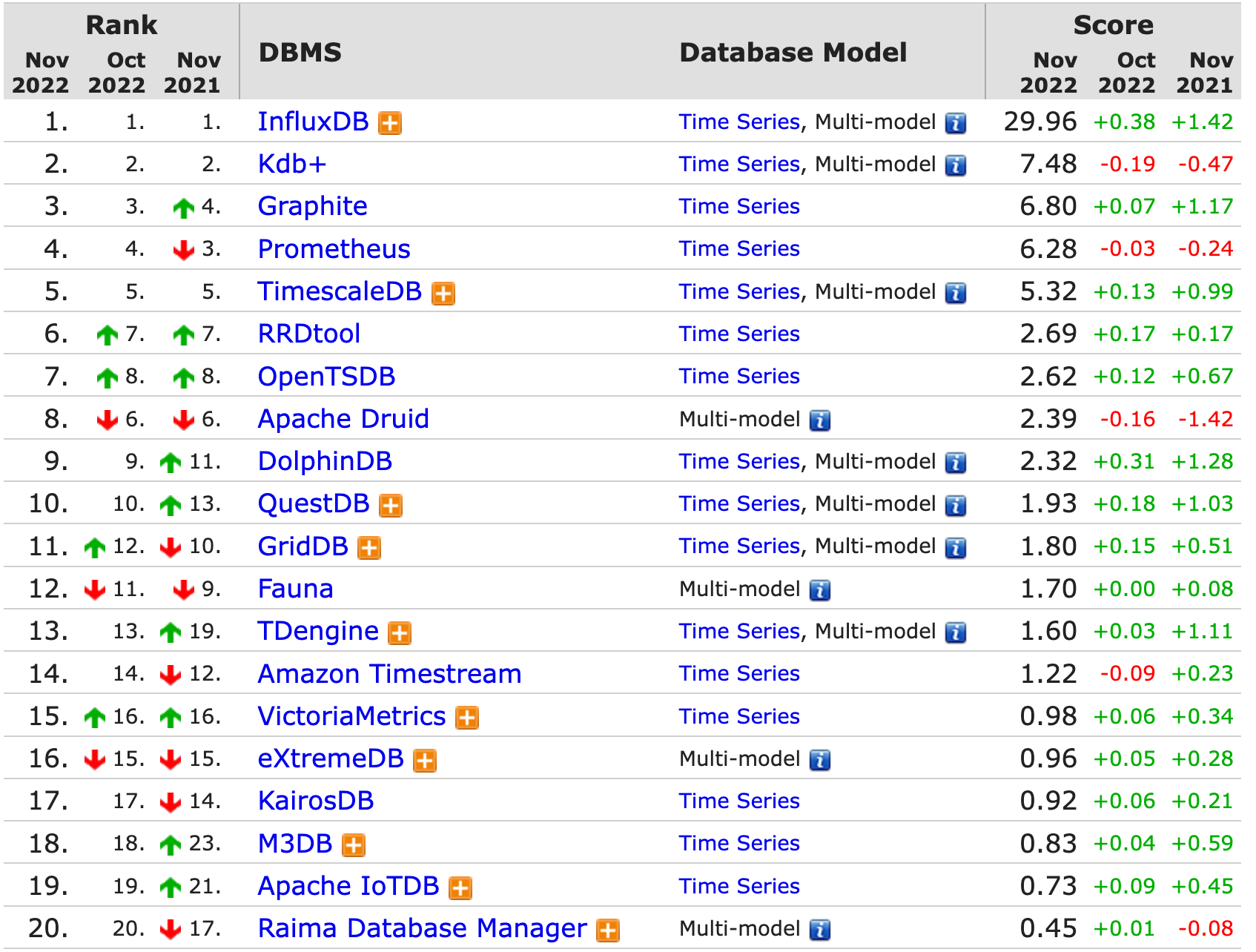


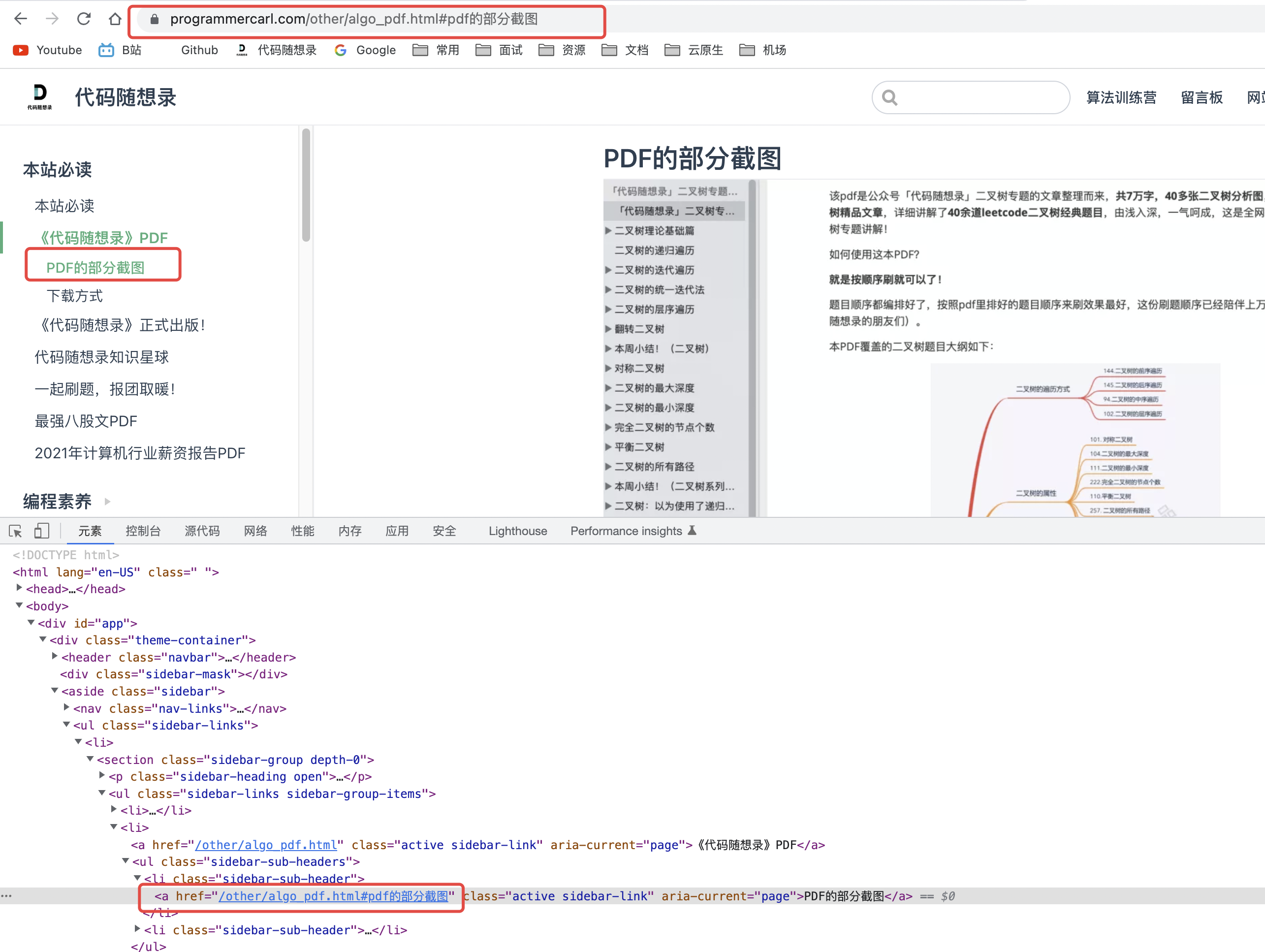
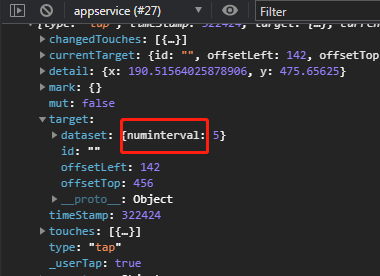


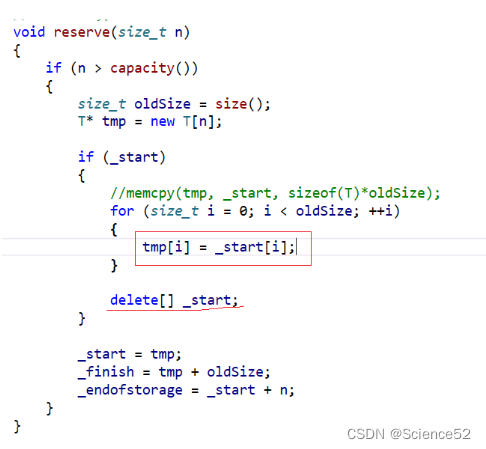


![[附源码]Python计算机毕业设计Django基于SpringBoot的演唱会购票系统论文2022](https://img-blog.csdnimg.cn/a9a3101db0374d7bb21be45d26719402.png)




